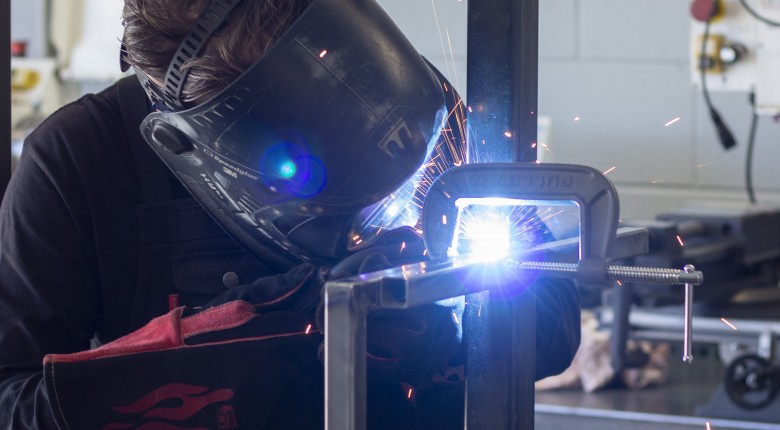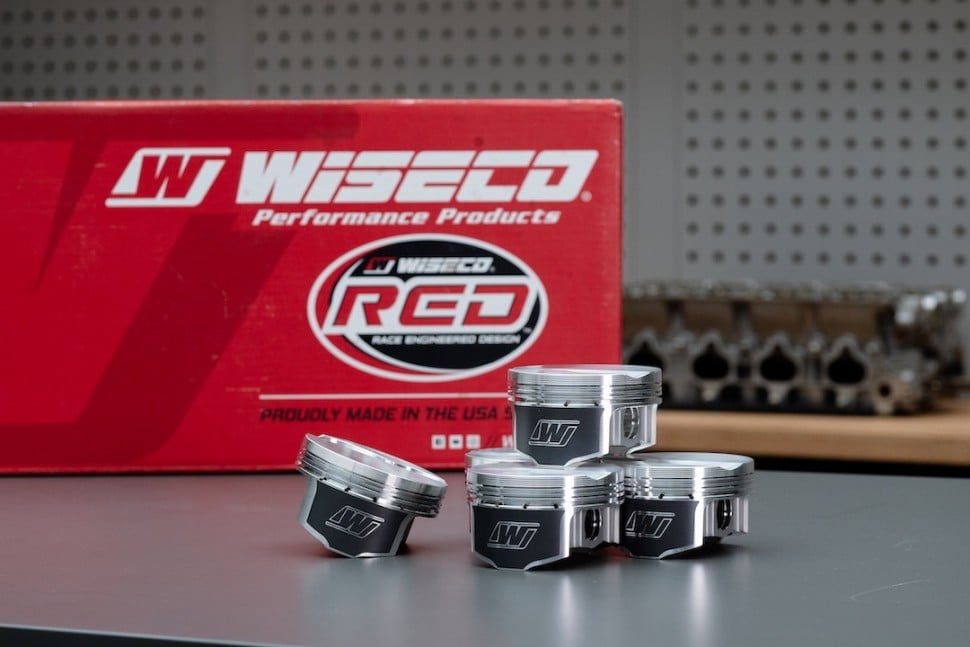Whether you're shopping for your very first TIG welder, or you're looking to upgrade your current machine, there's been no better time to get into the TIG welding market than right now. With recent advancements in technology, TIG welders have become smaller, more powerful than ever and they now have more adjustable parameters to provide the control to complete high-end motorsport fabrication jobs in our own garages.
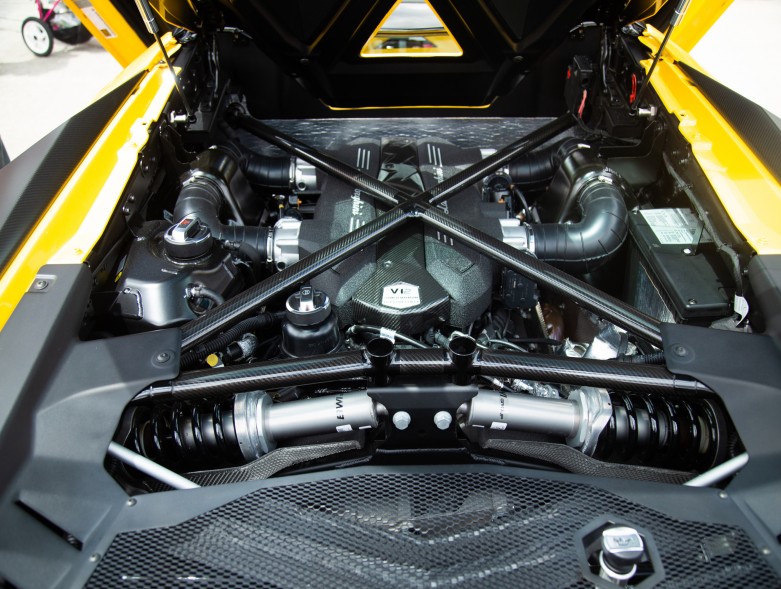
In this article: Welding Buyers Checklist | Power Supply | Multi-Process Welders | Amperage & Material Thickness | Why You Want An AC/DC Unit | Price | Local Support & Consumables | Conclusion
The major downside to the adjustability of modern TIG welders is the confusion that it can bring to the shopping process, but what a great problem to have! You can easily become a little overwhelmed reading through the specifics of each machine if you don't understand how these will affect their operation, so let's rewind a little and spend some time thinking about WHY you need a TIG welder and start a checklist as before walking into any shop, you want to already know exactly what it is you want to do with your machine. This is going to help the guy behind the counter point you in the right direction so you don't end up wishing you'd got something different a few months down the track when you really start to learn the finer details of the TIG welding craft/skill.
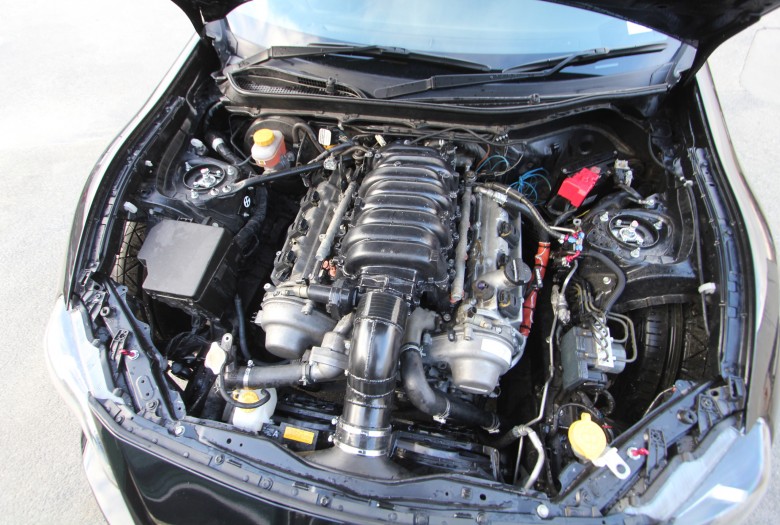
Welding Buyers Checklist
You're here rather than looking up how to sculpt and weld lawn ornaments, so I'm guessing that you're interested in motorsport fabrication. I also know that you'll have a budget and of course, you want the best possible machine for the least amount of money. You're also going to want after-sales support and the widest array of compatible consumables to get the best out of your machine. It's also important to have the ability to weld extremely thin metals as well as the headroom to be able to weld some thicker plate from time to time too in our experience.
Carefully Consider:
- Power Supply
- 0.1mm to 6mm Material Thickness Range (Amps)
- Ability To Weld A Range Of Metals (AC/DC)
- Price
- Local Support (Including Consumables)
- Education
Avoid:
- Multi-Process Machines
We're also going to assume you prefer the option of being able to weld as many metals as you possibly can to give you versatility from your machine, and also because in motorsport fabrication rarely, if ever, would we only use a single material let along single metal type throughout an entire build. These are all factors that we need to take into account and these will influence the shopping list above when it comes to buying the correct TIG welder for your application.
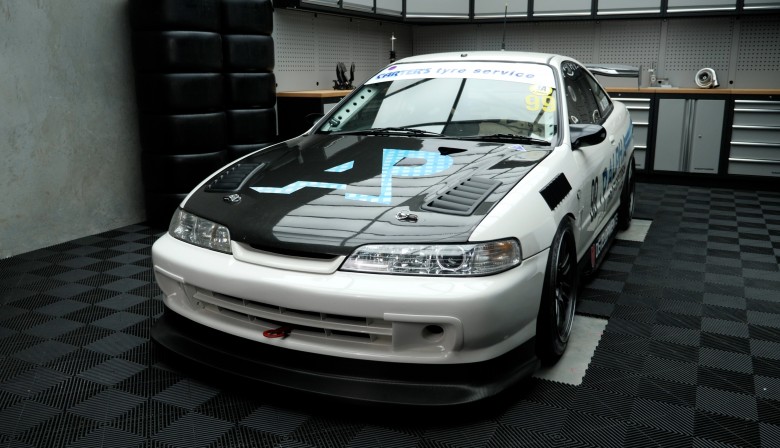
Power Supply
The first thing we need to look at though before anything else, is the power supply and this is driven by what's available in your garage or workshop. We'll get further into these details soon but it's important that you first shop for what you can actually power otherwise you will end up with an expensive tool to catch dust with, so check the outlets in your space and match these to the welder you're looking to purchase. Thanks to inverter technology reducing power consumption, we can still weld a large variety of metals by running the welder off our home power outlet.
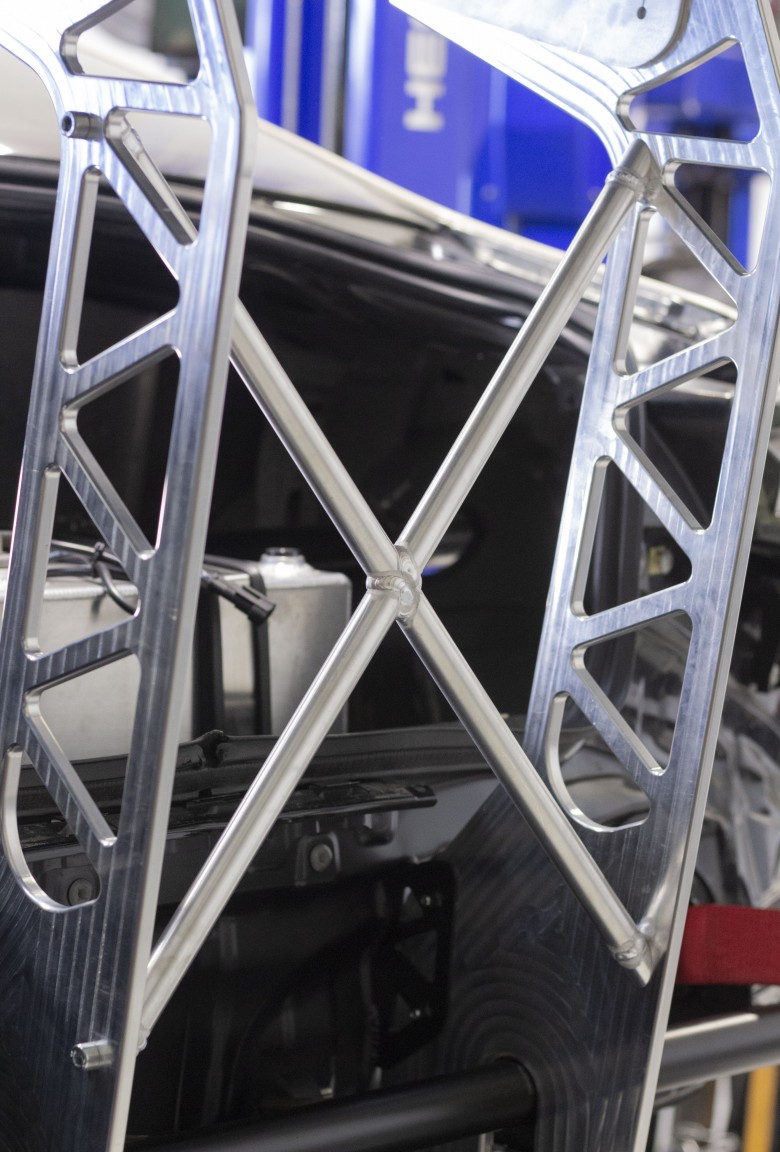
Multi-Process Welders
You may hear the term multi-process machine when out shopping for a welder and this refers to the machine supporting multiple styles of weld. As in, combining MIG welding and TIG welding into the same machine.
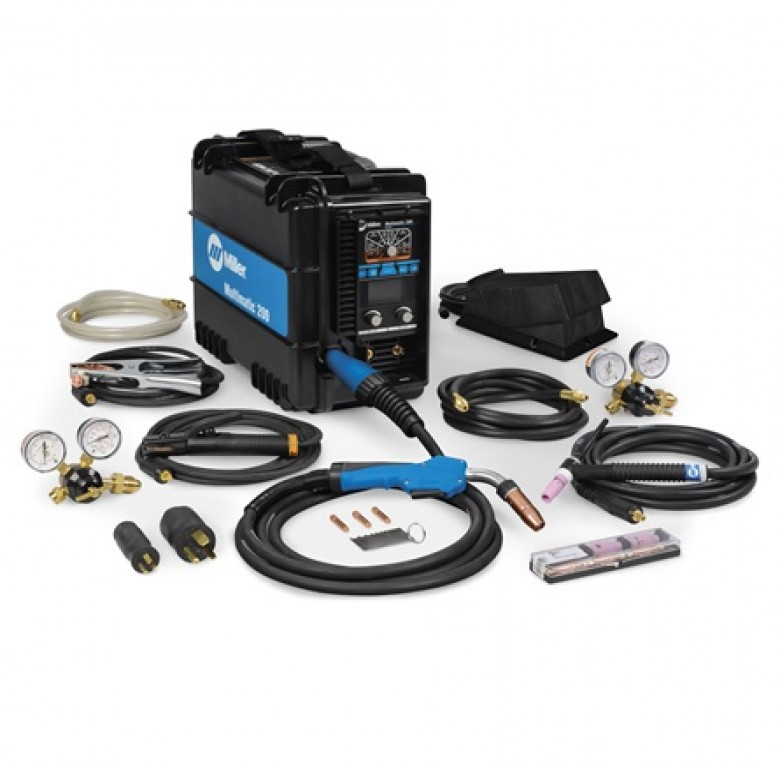
On face value this might seem to be the ideal solution, giving you essentially two welders in one, however, the reality is that these machines are usually not the best choice for our purposes. For example, switching between processes will require different types of inert gas and may require time consuming set up changes to your machine. The reality is, everything you can do on a MIG, you can also do on a TIG and to a higher standard.
So unless you really need the ability to MIG weld for a specific reason, I'd suggest sticking to a dedicated TIG machine. Multi-process machines are generally going to suffer compromises or if not, then be considerably more expensive. It's common for the name of the machine to be followed by a number that will designate its peak amperage output.

Amperage & Material Thickness
Welding heat or output as it's usually referred to is defined in terms of amperage and it will be the first variable that you'll come across in the designation of TIG machines. Here at HPA's workshop we use an SWS Alumtig 200 that outputs a peak of 200 amps, and a Miller Dynasty 210 DX which, you guessed it, outputs a peak 210 amps. If you end up taking our Practical TIG Welding course, you'll get to know the effects of amperage and understand that 200 amps will cover the vast majority of work we do in motorsport fabrication, but for now take our word on this (and then fact check with your local welding supplier & or motorsports fabrication workshop if you want to trust, but verify, our knowledge).
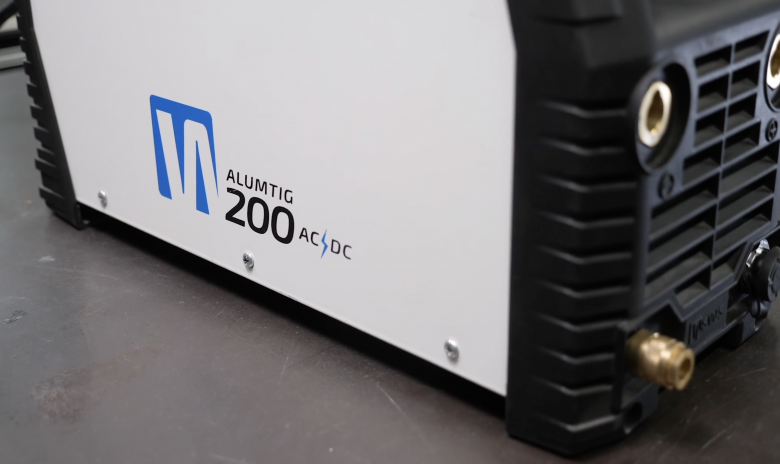
Most 200 amp machines will have the ability to weld materials as thin as 0. 5 mm right up to about 6 mm in thickness. All TIG welders will have the letters DC or both AC and DC which refers to alternating current and direct current.

Why You Want An AC/DC Unit
A DC only welder will limit you to welding steel such as mild steel, stainless, chromoly and titanium to name a few. The combination of AC/DC allows us to also weld aluminium which is a big advantage for motorsport fabrication projects. In motorsport, it's extremely important that we weigh up the benefit of upgrading to an AC/DC welder over a straight DC machine.

Even if you don't have any intention of welding any aluminium right now, if you can spare the extra cash for an AC/DC machine, it'll almost certainly pay off as you become more experienced with your fabrication projects.
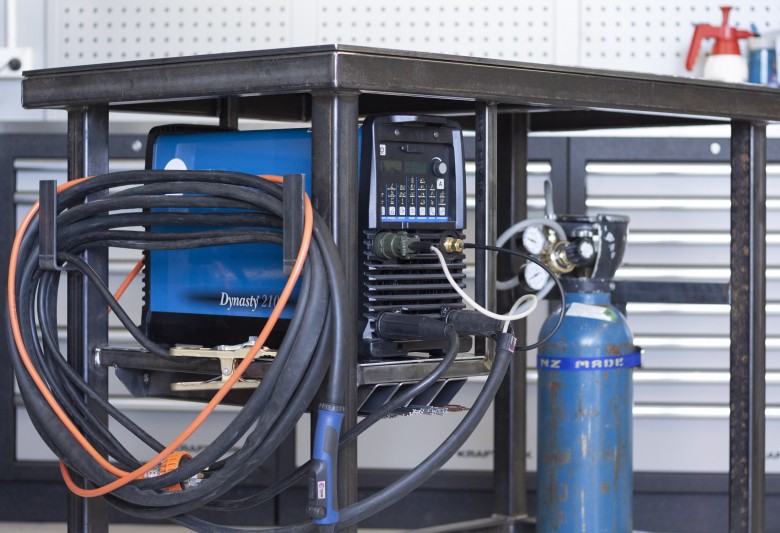
Price
The majority of welders will be supplied with a gas regulator, an earth lead and a TIG torch. It will be up to you to get an argon bottle, tungsten electrodes, filler rods and your own personal protection equipment or PPE such as your helmet and gloves.
I'd also suggest that you take a close look at the quality of the attachments that come with your welder when you're shopping for a machine. It can actually work out cheaper in the long run to pay a slightly higher price and get a complete set up that already includes a plug in foot pedal, a quality flex head torch, a gas lens kit and some extra consumables all at the same time.

Machines designed for motorsport use will usually have this listed in their description and that will give you an indication of its suitability and differentiate itself against more industrial machines with further refinement to the programming and settings to handle intricate fabrication work.
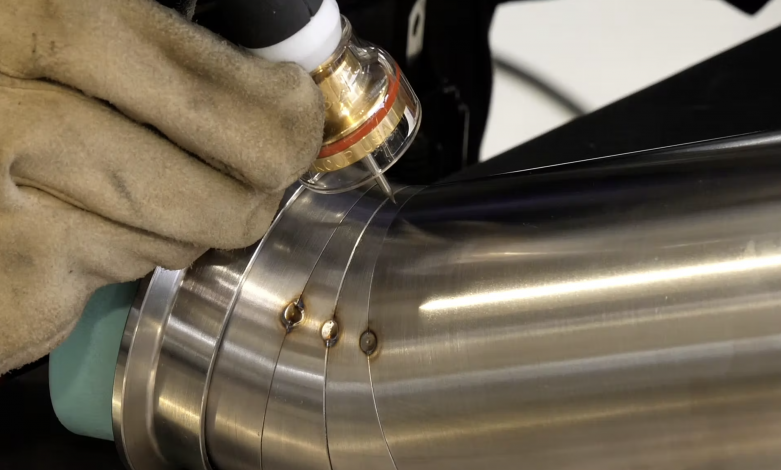
When it comes to the torch, you need to also be aware that these are available in air-cooled and water-cooled form. The most common torch you're likely to find in a TIG machine that's designed with motorsport in mind is air cooled where the torch is cooled by the flow of the shielding gas.
This is going to be absolutely fine for the majority of what we're likely to be doing as motorsport fabricators and as an added upside, these torches are physically smaller than water-cooled variants. If you're expecting to be performing lots of long welds on thicker aluminium material where more heat is required, a water-cooled torch can be a worthwhile addition as these do a better job of dissipating heat and allow you to weld at higher amperage settings for longer.
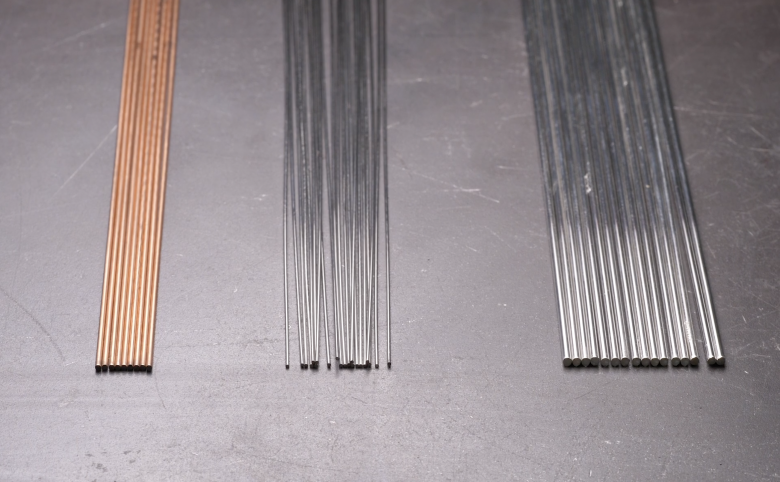
Local Support & Consumables
You also want to consider your local support and consumable availability for your machine. Unless you live in a remote part of the world with no other option, there is no point importing a brand of machine that you cannot buy locally given it is unlikely anyone local will be able to repair it (if the worst happens) or supply any machine specific components or consumables where applicable.
You can buy a lot of consumables online too but nationally and internationally too, but it's even better if you know that you can pop down to your local welding supply shop on a Friday afternoon to get those last few items you need to carry on with your project over the weekend rather than twiddling your thumbs waiting for a courier next week instead, if you're lucky, as post-2020 the courier services are not what they once were in our experience.

Conclusion
As you learn and weld more, it's going to become apparent that the more settings and versatility your machine has to offer, the more control and refinement you're going to have over your welding but for right now, the most important aspect of buying your machine is that you have everything needed to begin welding.
In summary, there are lots of options out there when it comes to TIG welders. For our motorsport fabrication purposes, a TIG that can supply around 200 amps is going to be sufficient for most tasks and if your budget allows an AC/DC machine is going to be highly recommended, allowing you more flexibility in the materials that you can weld.
Lastly, know what you NEED before walking into a shop to purchase and carefully consider any package deals that might be on offer to get that. Sure the upfront cost is likely to be higher, but you may end up buying that foot pedal, gas lens kit of flex head torch sooner rather than later anyway, and at a higher individual price.
This is just one small drop of knowledge from the full Practical TIG Welding Course.
